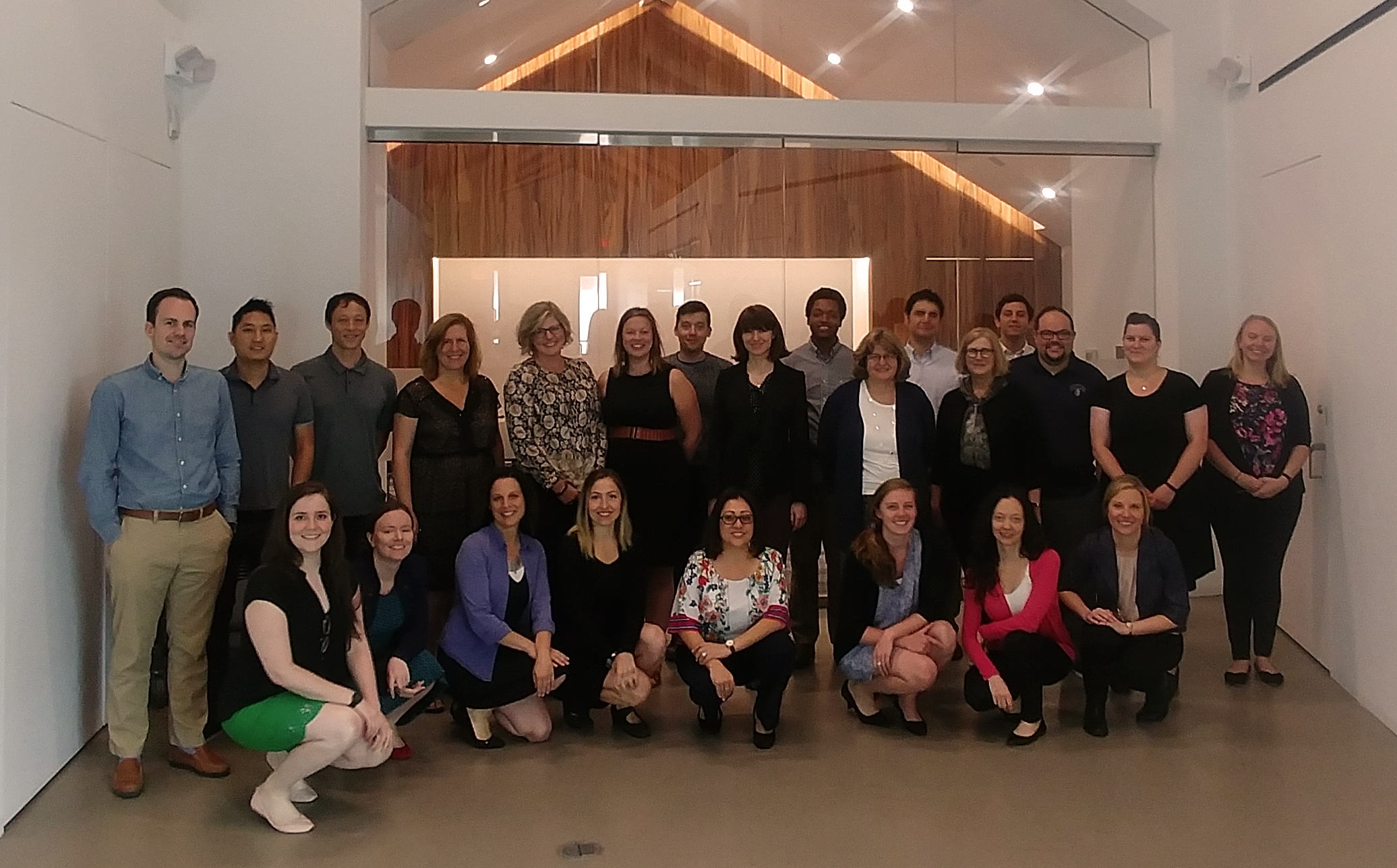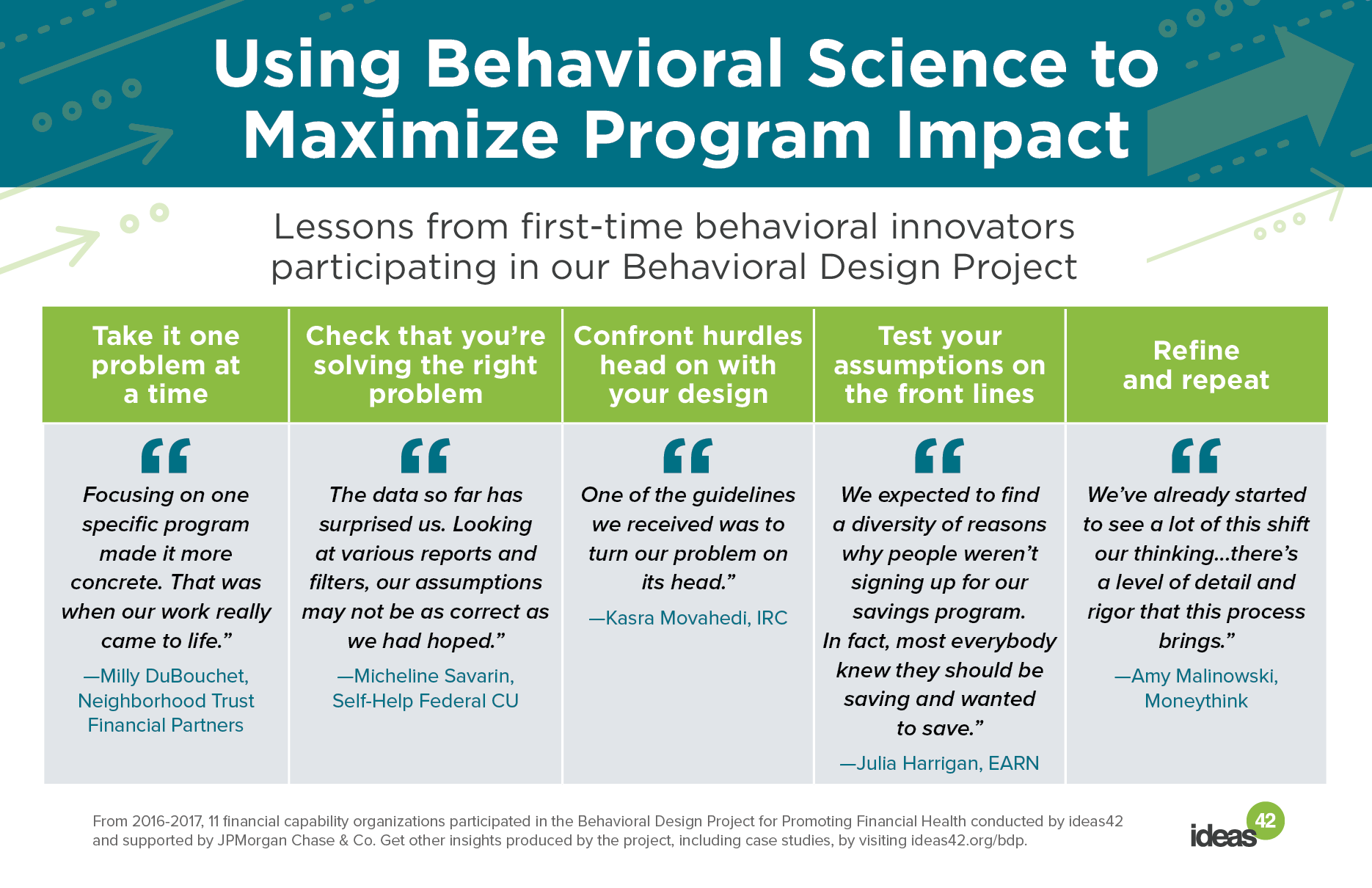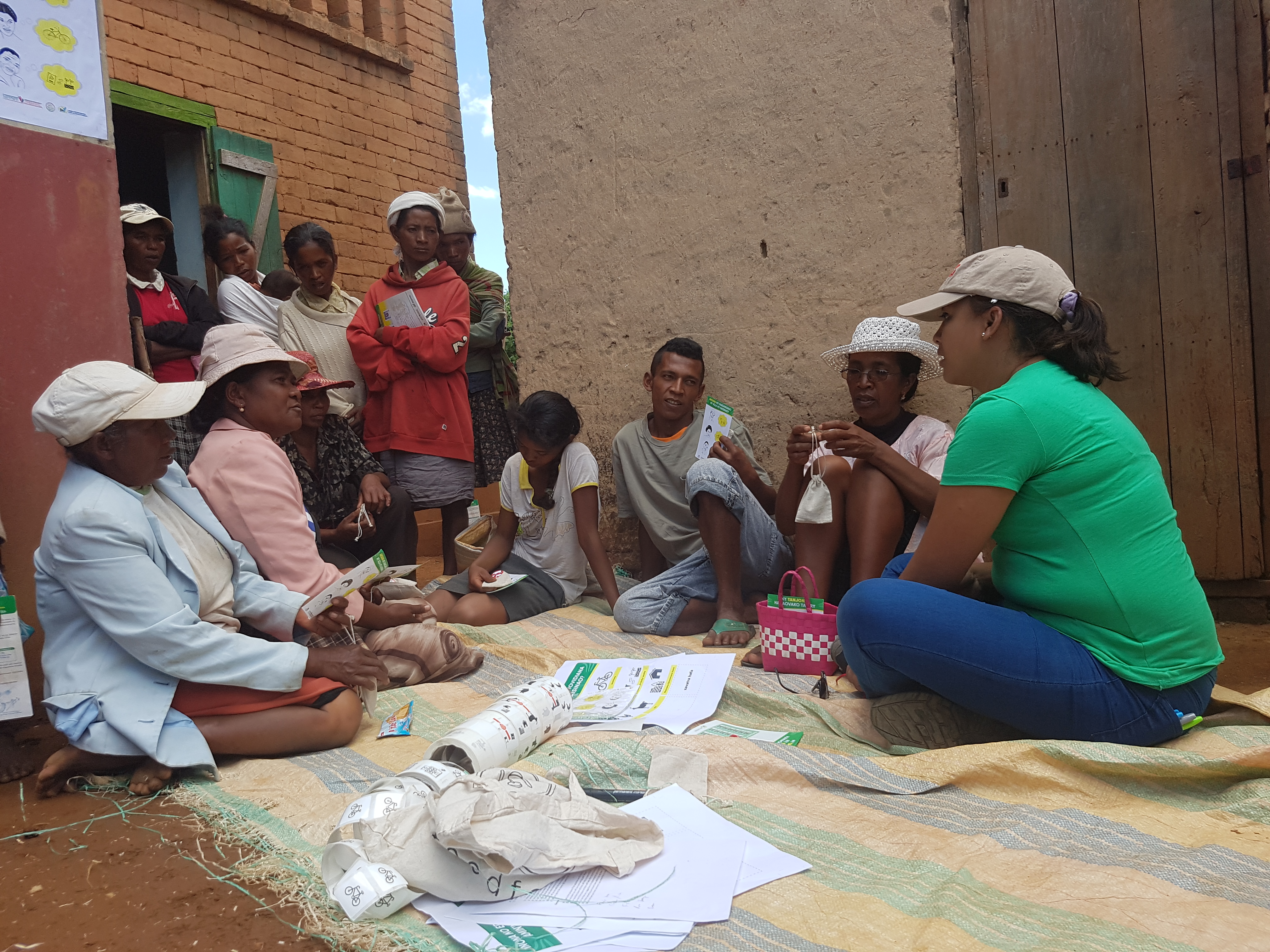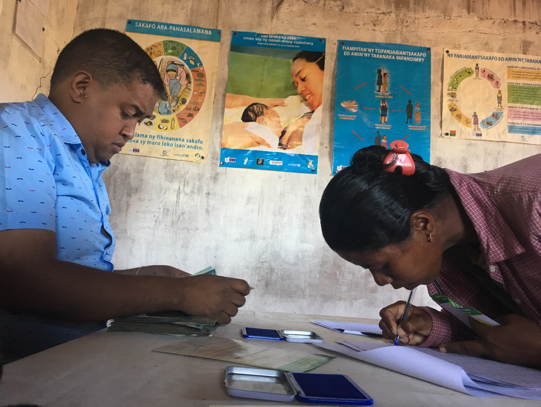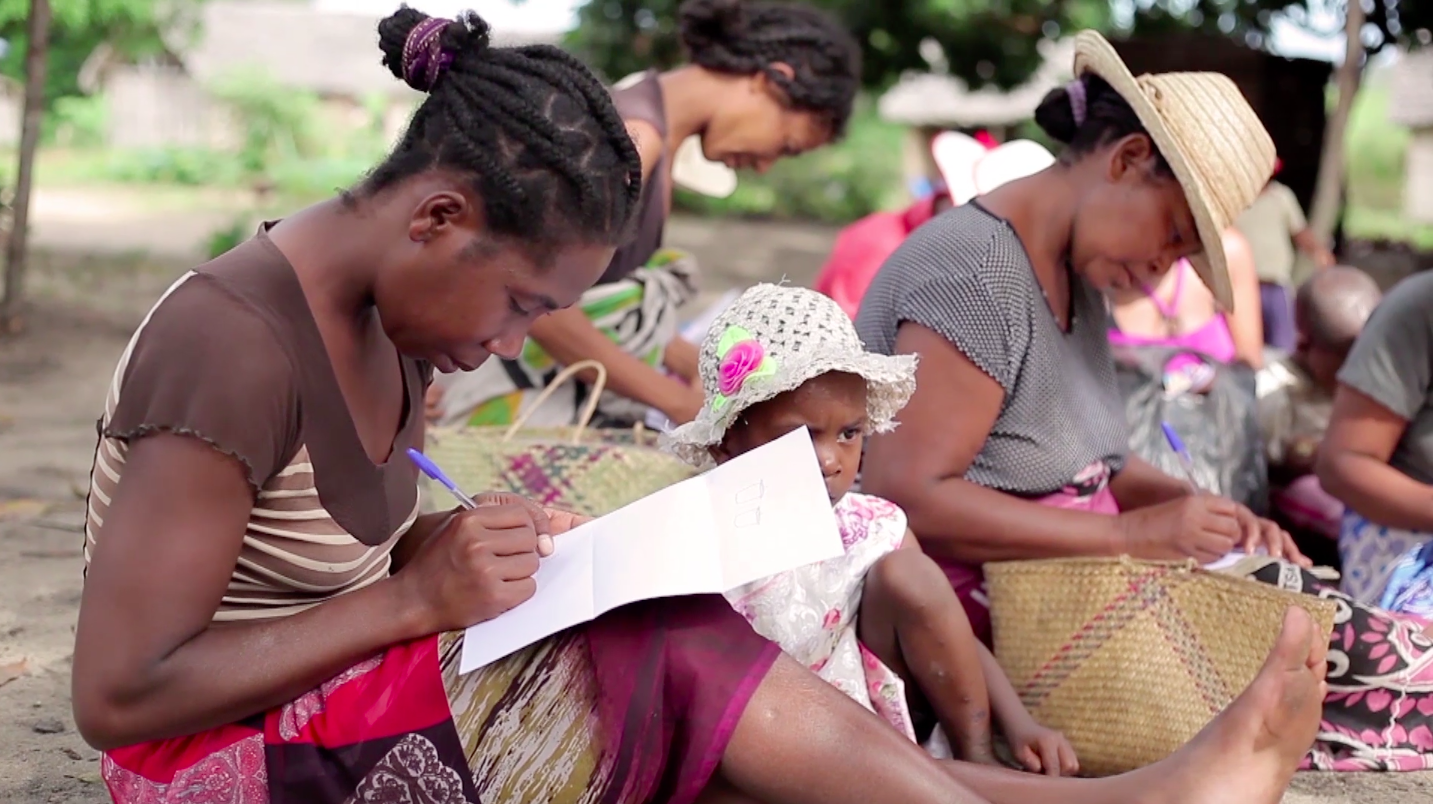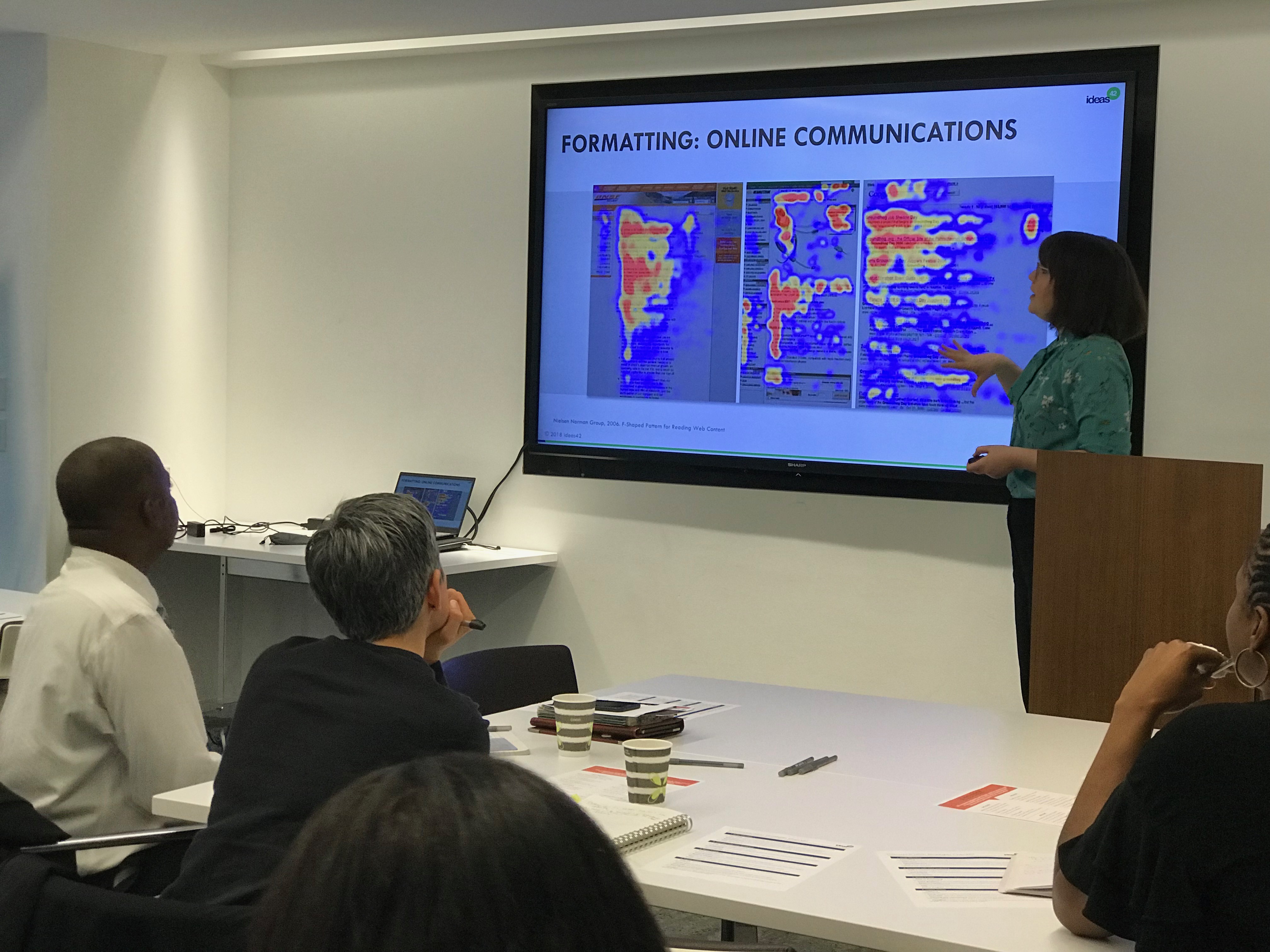
In the United States, more than 45 million people live below the poverty line, including one in five children who will experience its long-lasting effects. While public benefits programs meaningfully impact countless lives by providing essentials like food and health care, many people who are struggling do not receive these benefits for a variety of reasons. Often people who are eligible and really need these services lose out, and not necessarily because of a deliberate decision to forego them—hidden behavioral barriers can be at play, preventing individuals and families from getting what they need.
By applying insights from behavioral science, vital benefits programs can expand their reach and effectiveness. We have previously examined poverty through a behavioral lens and outlined initial steps for tweaking anti-poverty programs and services to align more closely with the way people act and behave in the real world. Key steps include cutting costs (reducing hassles that may accompany many well-meaning programs), creating slack (building in cushions of time, money, and attention), and reframing and empowering (affirming autonomy and dignity). We have been employing these insights through a number of government partnerships since then, and findings demonstrate the value of behavioral science to increase program impact.
For instance, in New York City 44% of Supplemental Nutrition Assistance Program (SNAP) cases close at recertification or miss one or more months of benefits. That’s around 16,000 people losing benefits each month. Many of these clients return to using SNAP (formerly known as food stamps) after missing the recertification, but they must re-enter as applicants—a process that is much more burdensome for them and the NYC Human Services Administration (HRA).
Because it was clear that many recipients have the intention to recertify but fail to follow through, we worked with HRA to craft a behaviorally-informed reminder notice that leveraged loss aversion (reminding people they would lose their benefits if they didn’t act) and other subtle cues to encourage people to recertify (and do so early to minimize logistical issues). Clients who received our reminder were 5.5% less likely to miss the form submission step than clients who did not. And importantly, 45 days into the recertification period, reminder recipients were 12.9% more likely to have submitted a recertification form than other clients.
We’re tackling low utilization with another partner as well: the Supplemental Nutrition Program for Women, Infants and Children (WIC). WIC is an effective program that improves babies’ health at birth, reduces health care costs, and creates better educational outcomes. Yet fewer than 65% of eligible families reap these benefits by using the program, and participation tends to drop further as children age.
With our behavioral science approach, we have uncovered many bottlenecks contributing to low uptake and high dropout, from ambiguity about which foods are eligible, to scheduling challenges, to misconceptions of who is intended to use WIC. From our initial deep dive into the WIC program in San Jose, CA, we will work with local WIC agencies in California to design and test solutions to overcome these bottlenecks and help more people benefit from the services it offers.
This is only the beginning of what we think can be achieved by applying simple, cost-effective behavioral insights to public programs on which millions of Americans rely. For example, the SNAP reminder notice, if scaled up to cover all NYC SNAP clients, would lead to over 5,000 more people each year successfully taking the first step to maintain important benefits for themselves and their families. And after testing new designs with WIC in San Jose, successful interventions can be adapted not only for other WIC programs across the country but for similar antipoverty programs. We will continue building on these efforts to use behavioral science to maximize the impact of public programs, helping benefits reach more people who need them.
The post From WIC to SNAP: Benefits Programs Go Farther with Behavioral Science appeared first on ideas42.


